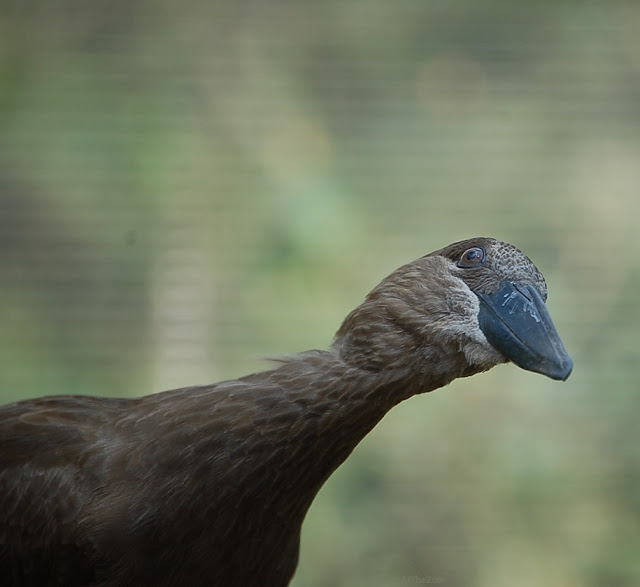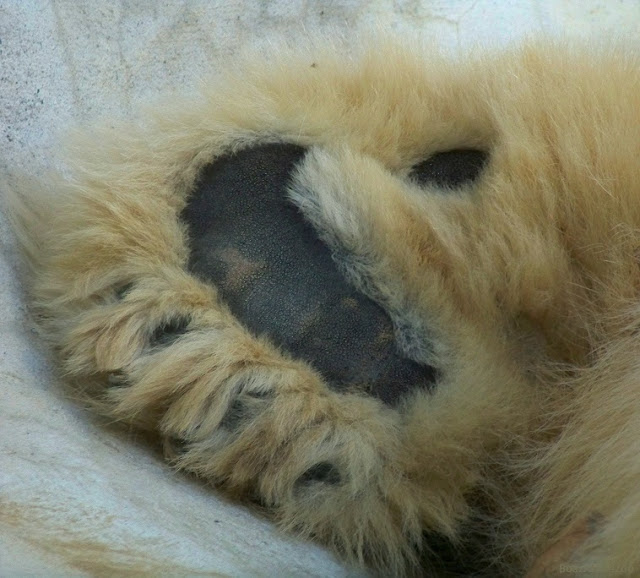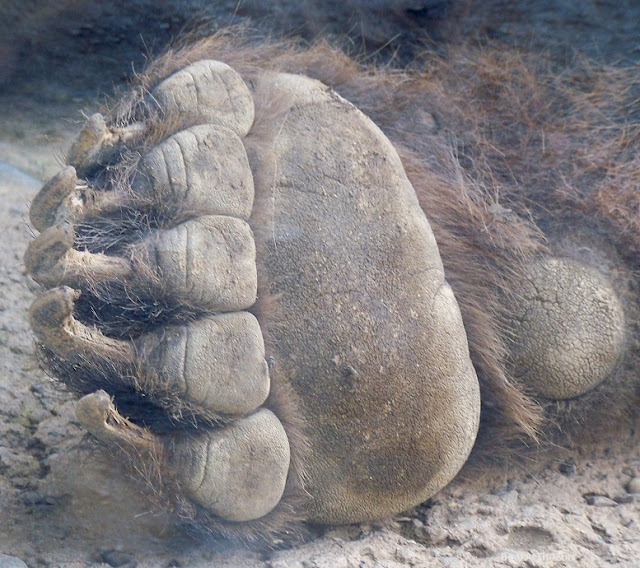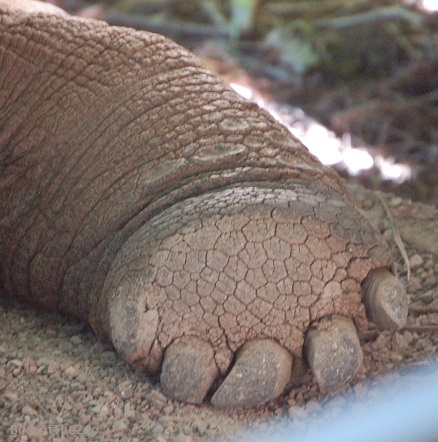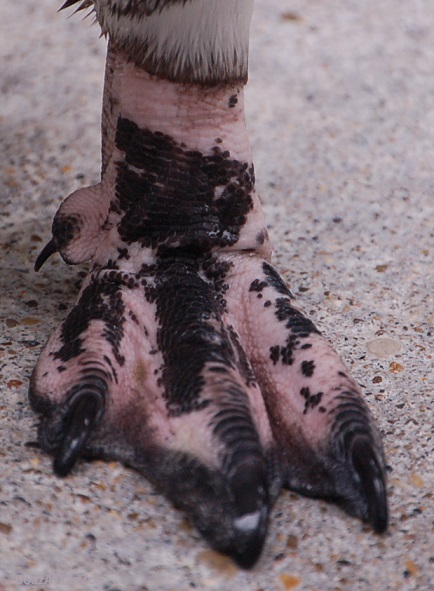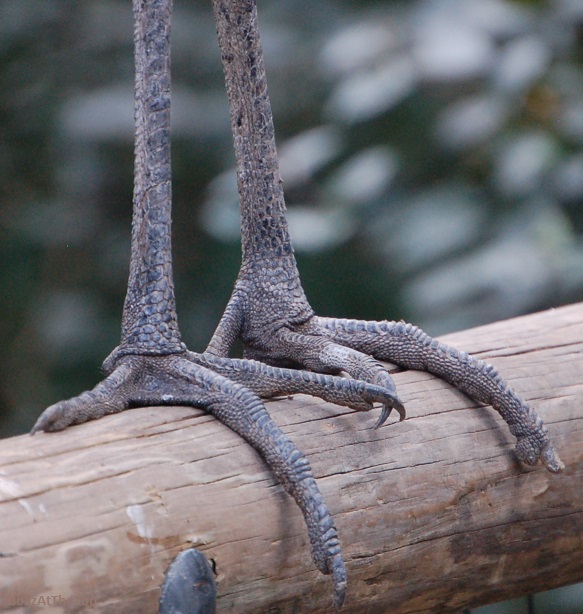I first became familiar with the blue-bellied roller a few years ago at the Toledo Zoo, and it's one of my favorite birds. The missing gardener and I were stunned when we saw flashes of sky blue on its wings when it flew. (We call such features "secret feathers.") Naturally, I want to capture those wings.
The rollers in Toledo didn't fly much. They mostly sat as high as they could under a skylight (the aviary is indoors), and we felt a bit sad as we projected wistful longing onto them. One June day in Columbus, a roller was flying back and forth between a perch closer to me and one farther away, and I seized the opportunity. Here's the far perch:
All I had to do was take a photo right after the bird lifted off. One of my early attempts wasn't good, but it gave me some confidence.
Things went downhill from there. Here's a liftoff from an artificial vine:
I made numerous attempts and concluded it was very unlikely that I'd be able to predict when the roller would take off. Also, I wondered if the camera's autofocus was fast enough to adjust to the bird's movement, so I tried manually focusing a little in front of the launch point. The lens doesn't have a distance indicator, so I had to guess, and the results were blurry. Then I decided to try to take the picture before the bird landed. After all, I knew where the roller would land and when it was approaching. I got some half-decent shots, but none with wings fully spread.
January, 2024: Now I know I should have used continuous autofocus, which is made for moving subjects, instead of single-point autofocus, which is best for stationary or slow-moving subjects.
A different day I managed a cool shot:
I didn't even try to track the bird in flight because I don't have that skill. I'll keep practicing.
I had better luck in the parking lot one day. I could track this gull I think because it was farther away than the roller.
The roller does pose nicely.






